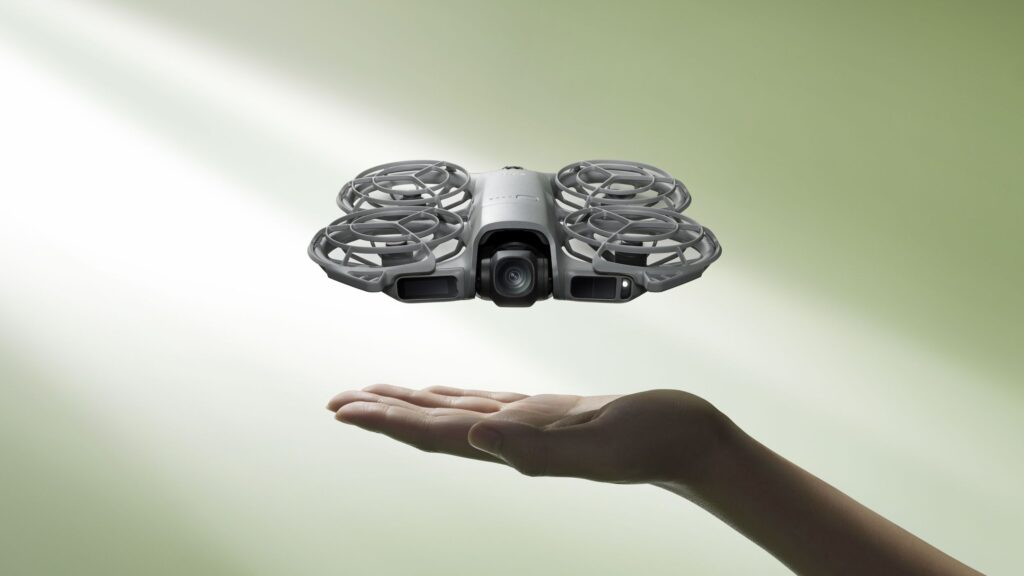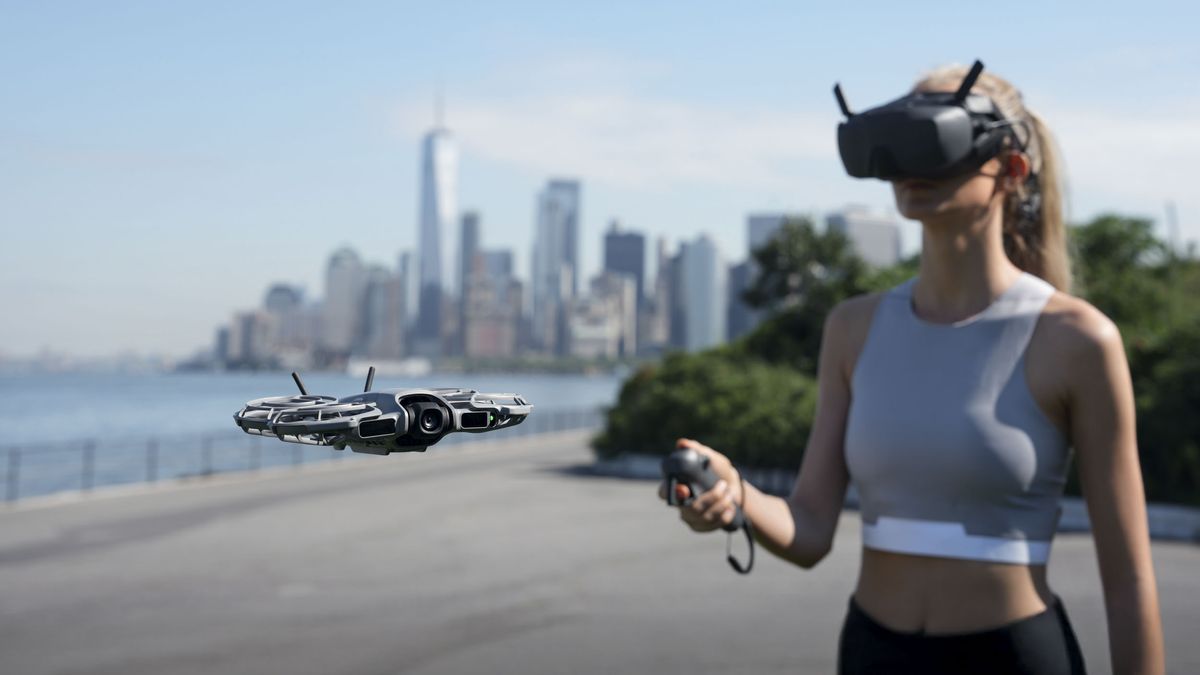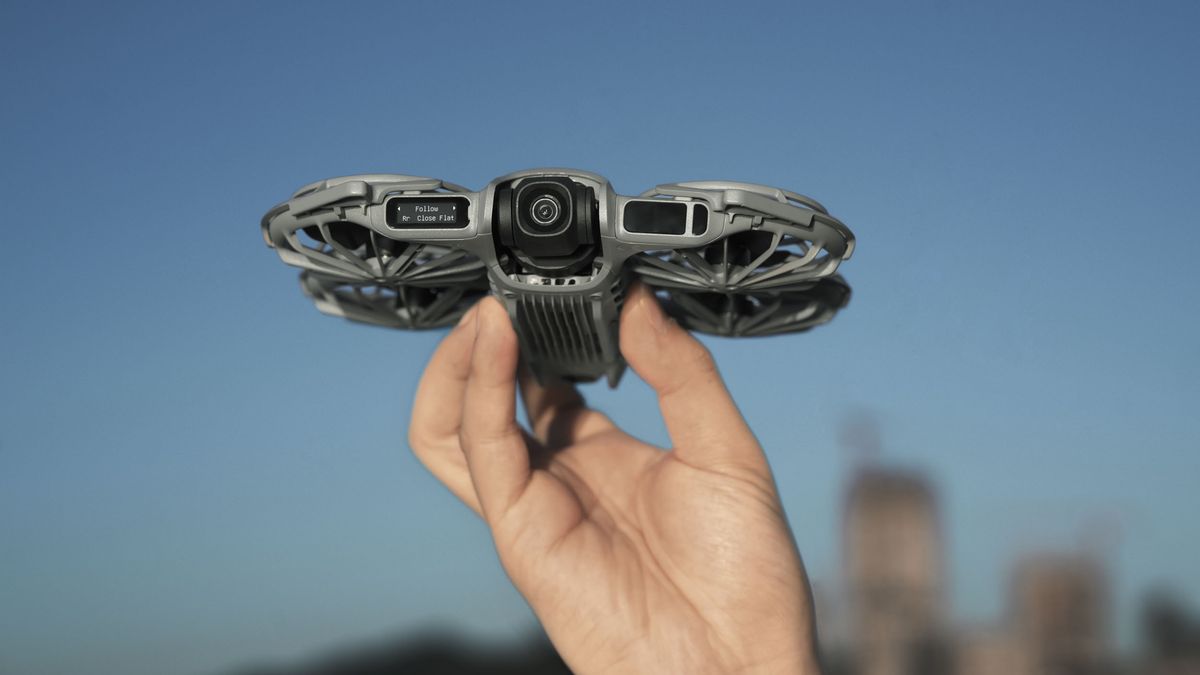- DJI Neo 2 records 4K aerial selfies up to 100fps and weighs only 151g
- It upgrades the original with omnidirectional object sensing
- Prices start at £209 / $409, but it won’t be available in the US at launch
DJI just took selfie drones to new heights with the Neo 2, which is the lightest and most affordable drone with omnidirectional object sensing (with front-facing LiDAR thrown in for good measure) and a solid upgrade to the original Neo.
I never thought such an advanced safety feature could find its way into such a low-cost drone – believe me, it’s a brilliant feature for beginners – with prices starting at £209 / AU$409. There’s bad news if you’re in the US though – the Neo 2 is another DJI product that won’t be available at launch.
We’ve already published an in-depth Neo 2 review, and it’s clearly a much-improved model, even if it’s a bit heavier and more expensive than the Neo. However, there’s no doubt in my mind which is the more compelling of the two – the Neo 2’s upgrades are worth the negligible extra cost and weight.
If you’re unfamiliar with selfie drones, the idea is that anyone can become airborne in seconds, with the drone taking off from the palm of their hand, in this case complete with gesture and voice controls, and DJI’s enhanced smart ActiveTrack skills.
Like the HoverAir X1, the OG selfie drone, the Neo 2 can fly without a controller – just point it at you to lock onto subject tracking and start flight by pressing the start button on the drone, and it’ll return to your palm when it’s done shooting. Honestly, it’s that simple.
The controller-free experience is made even easier now that there’s a screen next to the camera that shows the shooting mode you’ve selected.
The Neo 2 also works with a DJI remote such as the NC-3, providing extended flight range (up to 10km), or even goggles for immersive FPV flight, although the cost shoots up when you factor in these accessories. I’ve included the prices of the various Neo 2 bundles below.
Once again, users can shoot 4K video up to 100fps, 2.7K vertical video and 12MP stills via a relatively small 1/2-inch sensor. However, it is undoubtedly the introduction of object sensing that elevates the latest model.
The new selfie drone to get?
For me, the addition of object sensing is reason enough to upgrade, while for complete beginners, the Neo 2 is now one of the best entry-level drones.
Its built-in propeller guards, lightweight 151g body and now object detection make safe flying up close an easy possibility with these tracking skills optimized for running and cycling. There is an additional compliment of automatic flight movements, also common in most DJI drones, for dynamic video sequences.
Flight times have bumped up to 19 minutes – but expect less in real-world use – as has wind resistance, which is now rated up to level 5, making the Neo 2 quite a bit more stable in flight than the Neo.
There’s now up to 49GB of internal storage, which is enough to hold 105 minutes of 4K 60fps video, or 175 minutes if you drop the frame rate to 30fps.
With such an impressive feature set and low cost, DJI may have just priced out its rival HoverAir, unless of course you’re in the US, where the Neo 2 isn’t available yet.
DJI Neo 2 comes in one of the following bundles; drone only for £209 / AU$409, Fly More Combo (drone only) for £289 / AU$549, Fly More Combo (with NC-3 controller) for £349 / AU$709, or Motion Fly Combo (with glasses) for £509.
We previously billed the DJI Mini 4K as a better entry-level drone than the Neo, but the Neo 2 with its upgraded two-axis camera and object sense is seriously tempting.
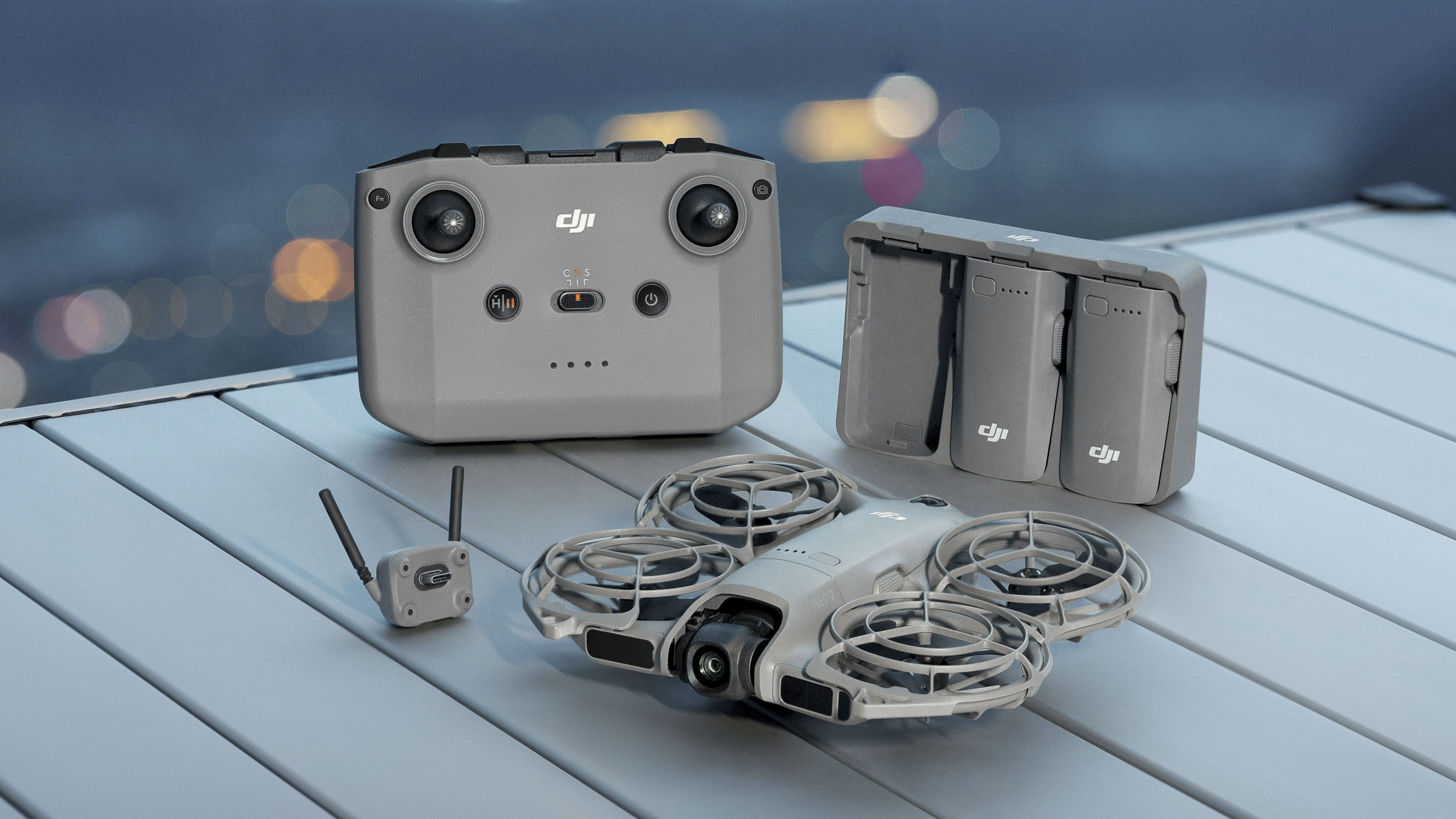
Follow TechRadar on Google News and add us as a preferred source to get our expert news, reviews and opinions in your feeds. Be sure to click the Follow button!
And of course you can too follow TechRadar on TikTok for news, reviews, video unboxings, and get regular updates from us on WhatsApp also.
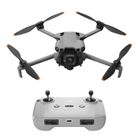
The best drones
